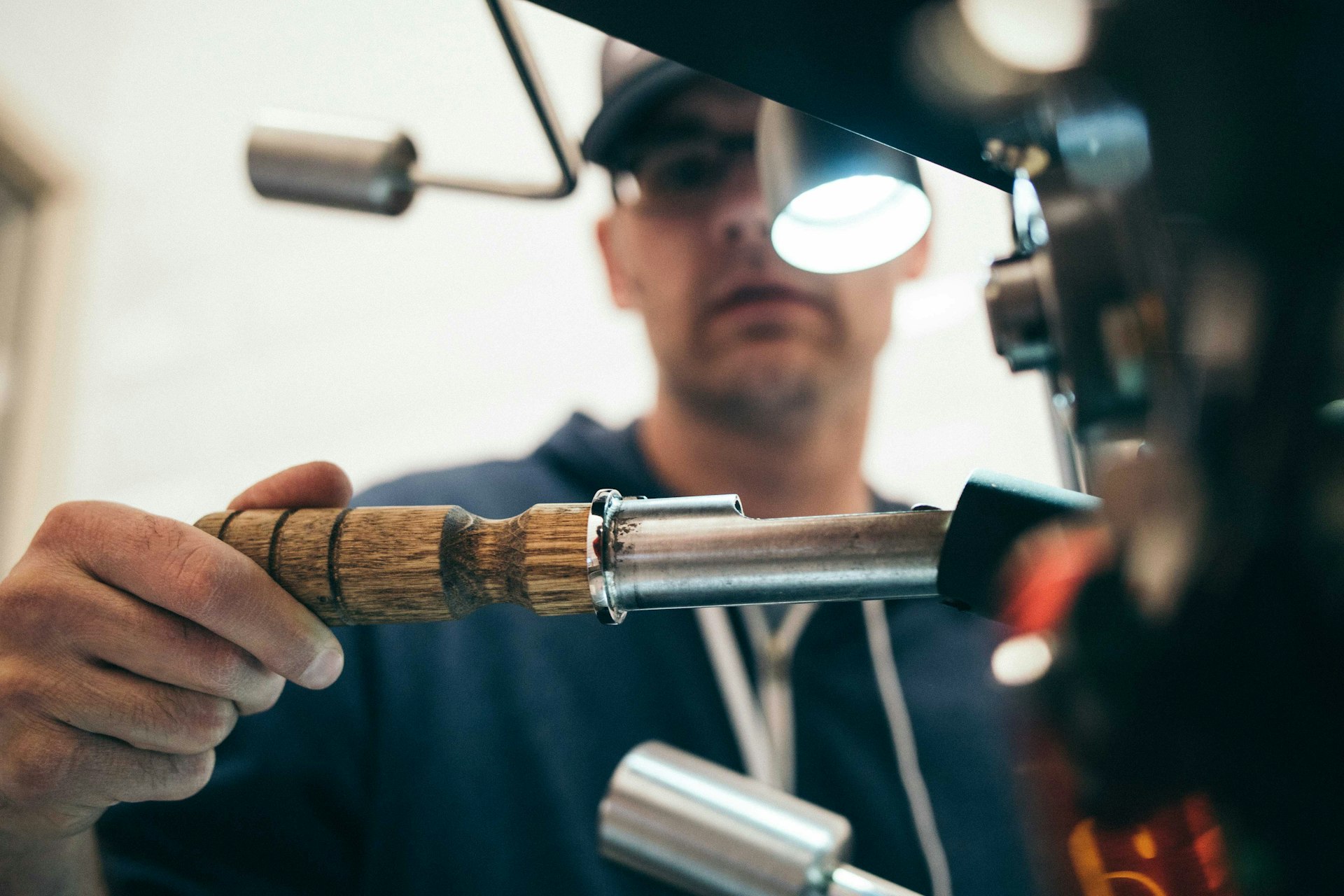
Securing Airbnb Smart Locks Before You Trust Them
On day one in Bucharest my Airbnb’s August smart lock bricked after midnight. The app showed “Offline,” the physical key was inside, and the host was on a 10-hour train. I picked up a screwdriver, removed the lock face, and hotwired the backup cylinder. Since then I don’t unpack until I’ve interrogated every smart lock. Here’s the 15-minute audit that keeps me from sleeping in stairwells.

Step 1: Identify the Hardware
- Take photos of the lock exterior and interior. Look for model numbers, logos (August, Nuki, Yale Linus, Ultraloq), and hub presence.
- If the lock uses a separate keypad, note brand + firmware revision if listed on the back.
- Check for backup key slots (usually hidden under a magnetic plate). Photograph the keyway profile.
I add these details to a shared Notion entry (Airbnb-Security > Bucharest-2025 > Smart Lock).
Step 2: Reset the Guest Code Immediately
Most hosts recycle access codes. I always set my own.
- August/Nuki: Ask host to add you as a temporary “partner” in the app. Disable auto-unlock. Create a new code valid for your stay.
- Yale Assure/Schlage Encode: Enter programming code (often in lock manual or inside battery compartment) and add a new user code.
- Delete old codes after confirming yours works twice. If host refuses, insist they rotate the code and send a screenshot from within the app.
Step 3: Check Activity Logs
Open the lock app and review the access log for the past week. Look for suspicious entries:
- Unlock events outside cleaning windows.
- Failed attempts around odd hours (03:00 unlock with “Unknown User”).
- “Door left ajar” notifications.
If the log is empty, that’s a red flag—some hosts disable logging. I document it in my report.
Step 4: Test Failover Methods
| Backup Method | Test | Pass Criteria | | --- | --- | --- | | Physical key | Insert, turn clockwise/counterclockwise | Smooth rotation, door opens without resistance | | Battery cover | Remove and inspect cells | Batteries seated, no corrosion | | External power | If keypad has 9V contacts, touch battery to confirm LEDs light | LED blink indicates emergency power works |
If there’s no physical key, I request one from the host. I’ve never had a host refuse when I explain previous lockouts.
Step 5: Isolate Network Vulnerabilities
- Check Wi-Fi the lock is using (smart locks often connect to a hidden SSID). Ensure the lock isn’t on the same VLAN as my work devices. If it is, I move my devices to my own router network.
- If the lock uses Bluetooth-only access, I disable auto-unlock on my phone to prevent the door from opening as I walk past with groceries.
Step 6: Record Emergency Procedures
I keep a laminated card by the door:
LOCK MODEL: Yale Linus L2 (FW 2.2.7)
PROGRAM CODE: 4398#
MY CODE: 8231#
BACKUP KEY LOCATION: silver key in blue pouch inside backpack side pocket
EMERGENCY CONTACT: Host +40-722-XXX-XXX / Building Super +40-741-XXX-XXX
I also add building manager contact info to my phone and Apple Watch for easy access.
Step 7: Hardening Against Digital Attacks
- If the lock integrates with Alexa/Google Assistant, I unlink those accounts or change voice PINs. Voice assistants have been exploited via hallway speakers.
- For August/Nuki, disable auto-sharing with Airbnb (the feature that auto-sends codes). It has glitched before, revealing codes to previous guests.
- Geo-fence the lock app access to the property radius so random remote unlock commands don’t fire.
Field Incidents & Lessons
Barcelona 2023: Keypad battery died while I was out. Because I’d already tested the 9V backup, I carried a tiny 9V battery in my tech pouch. Pressed it to the contacts, door reopened in 5 seconds.
Reykjavík 2024: Host re-used previous guest code. Activity log showed entries at 02:14. I contacted host, they changed codes, and provided a physical key the next morning. Document everything—photo evidence helps if Airbnb support gets involved.
Austin 2025: Nuki lock integrated with a vulnerable ZigBee hub. I noticed the hub was on the same Wi-Fi as my work devices. I isolated my network immediately. Later that week other guests reported intermittent lockouts. My network segmentation kept my devices safe.
What to Do If You Get Locked Out Anyway
- Stay calm and document. Record the lock display, app error, time, and weather (cold temps impact some locks).
- Call host and Airbnb support simultaneously. Provide evidence you tested the lock (videos/photos). Request immediate locksmith service.
- If door must be opened now: Use the physical key. If none exists, call building security or a certified locksmith. Avoid brute force; Airbnb can charge damages.
- Seek reimbursement. Submit receipts through Airbnb’s Resolution Center within 24 hours.
Travel Toolkit for Smart Locks
- 9V backup battery.
- USB-powered screwdriver kit (Xiaomi Wowstick) for removing battery covers.
- Mini flashlight (OLight i3T) for midnight lock checks.
- Nuke “SharkTronics” privacy door wedge for inside-the-door backup.
TL;DR Arrival Checklist
[ ] Identify lock model + firmware version
[ ] Change access code to unique value
[ ] Review activity logs for suspicious entries
[ ] Verify physical key or external power backup
[ ] Segment Wi-Fi; disable auto-unlock features
[ ] Document emergency procedures + contacts
Smart locks are convenient until they aren’t. Give yourself 15 minutes on arrival to audit the hardware, and you’ll sleep a lot better—inside the apartment, not outside photographing the keypad for tech support.